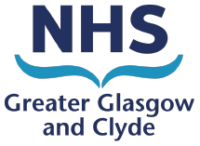An electrocardiogram (ECG) records the rhythm and electrical activity of your heart. ECG’s can often be done by your GP (family doctor) if he/she suspects that you might have heart disease or you may be referred to your local hospital to have an ECG done.
What to expect when you have an ECG
You will have several small sticky patches (electrodes) placed on your arms, legs and chest. These patches are connected to an ‘ECG recorder’ which picks up the electrical signals produced with each heart beat so that a ‘heart trace’ can be recorded.
The test is quick and painless and is important for spotting any irregular heartbeats, such as it beating too fast.
An ECG can show if you have had a heart attack or problems with your heart rhythm but, other tests may be required to make certain.
Exercise ECG (ETT)
Some patients will be given an exercise ECG. This test is the same as the EGC but you will be asked to walk on a treadmill. This will start slowly on the level and then gets a bit faster and a bit steeper. Your ‘heart trace’ will be recorded at the same time.
This test helps the doctor decide whether or not it is likely that you have a narrowing in the coronary arteries. If you have a very abnormal Exercise ECG you may be advised to have a coronary angiogram.
Almost all patients with angina or who have had a heart attack, who can walk comfortably on a treadmill, will have a treadmill Exercise ECG test.
If you cannot manage a treadmill test there are other tests that can give the doctor similar information.
